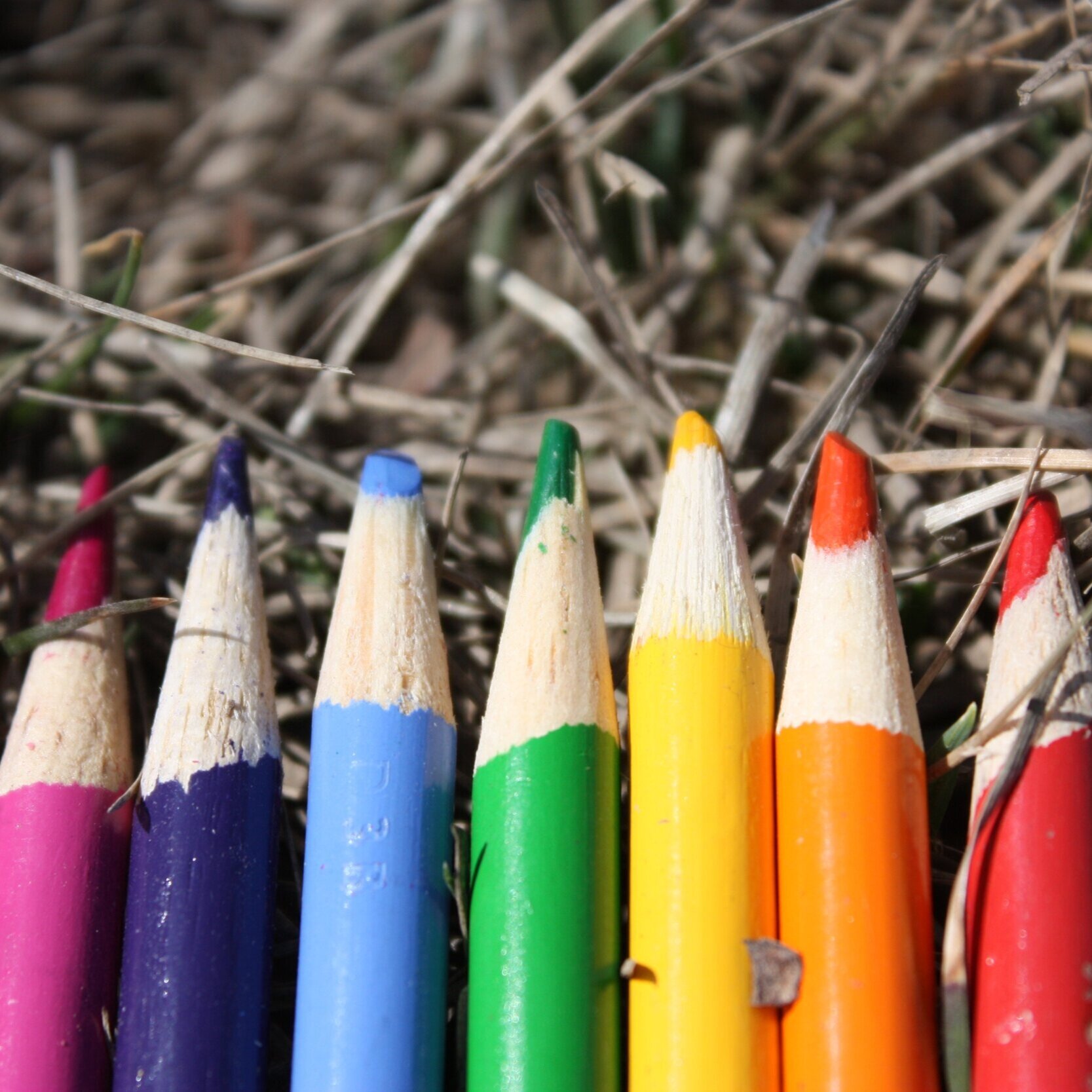“Children are great imitators, so give them something great to imitate.”
Happy Summer Teachers! Right now I bet you are somewhere between full recovery from last school year and prep mode for next school year. The sweet spot of summer!
The 2020-21 school year promises to be unique and less certain than years past. Will we be teaching virtually, in person with social distancing measures, or some hybrid of the two? It may seem like tackling something new in your classroom next year is too much, however, I really do think that NOW is the time to begin a waste-less classroom management plan. While the pandemic and social justice issues are huge concerns right now, climate change and environmental degradation are problems getting lost in the shuffle, but are no less significant. So, let’s get started!
Last month’s post encouraged a personal evaluation of your own waste habits at home with practical solutions about how to improve. (see Your Little Bit of Good, June 2020 if you missed it) This month is a compilation of strategies for a low-er waste classroom (whether virtual or in person). Come on back in August for the reasons why all teachers, regardless of ages and subjects taught, should manage their classrooms towards less waste.
To guide your efforts, I’ve organized classroom waste production into different categories with strategies for waste reduction in each (see below). Don’t allow yourself to become overwhelmed; don’t try to do it all. Under normal circumstances, making changes in your classroom can be a big task, and on top of Covid-19, it might seem unattainable, maybe even a bit absurd! But it’s imperative that our students have models of sustainability to follow as the solutions to environmental crises require multigenerational cooperation. Give them something great to imitate!
Select a waste category below as a place to start. Choose something that is low cost for you to implement and manageable for one whole school year. Revisit this post at any time when ready to select a new strategy. See Lisa Tate’s November 2019 post, “Small Changes Year-After-Year” for advice from a teacher who has spent her career perfecting low-waste classroom management. And I’d love to hear your thoughts. Email me or please, leave a comment, share this post with colleagues and friends, and really, truly, good luck with your next school year! Your ESSENTIAL work is so very appreciated, Rachel
Arts & Crafts
We ask our students to get creative with their projects & crafts. Let’s get creative with how to make these assignments more sustainable.
School
Supplies
My family reuses the previous year’s supplies whenever we can, but new supply lists always imply that materials should be brand new. Why?
Food &
Drink
A huge portion of a school’s waste is food and food packaging. You can make a big impact here with careful considerations.
Cleaning
Use materials that last! I still have the rags and hard plastic bottles I used in my high school classroom 10 years ago. How many bottles of wipes have you been through in that time?
Culture
Don’t get bogged down in the doom and gloom of environmental challenges. Teach low waste habits as you would hand washing or instructing students how to conduct themselves during a fire drill. Be a model of good habits they can adopt as their own.
Virtual
Strategies
Encouraging low-er waste strategies virtually might actually cause spillover into a student’s home more readily than if it were taught at school. It’s at least worth a shot!
Additional Resources
Since the publication of this post, I have found more resources for teachers. Some of these are especially good for those of you teaching virtually this school year.
The Center for Ecoliteracy writes “We recognize that students need to experience and understand how nature sustains life and how to live accordingly. We encourage schools to teach and model sustainable practices.” Visit their website for lesson plans and further support.
The Green Schools National Network was created in 2008 by education professionals to support teachers and schools to move toward sustainable practices and designing systems to teach and model sustainable behaviors in schools. They also have wonderful resources for virtual classrooms.







